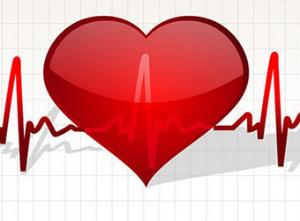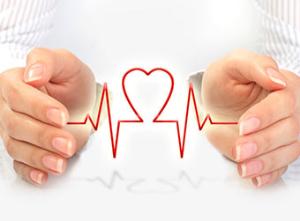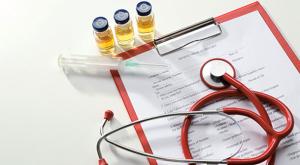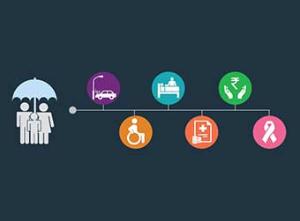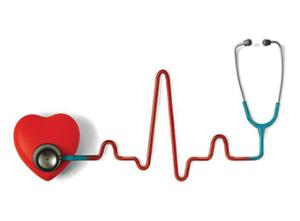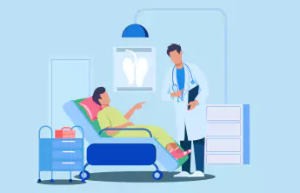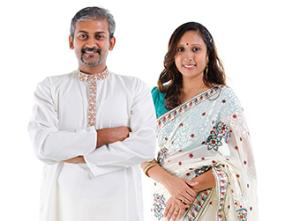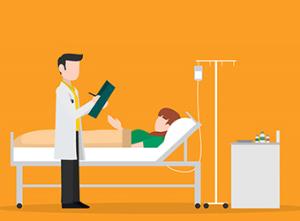Heart Attack Causes, Prevention, Treatment and Planning
Blog Title
649 |
Causes
Hypertension, or high blood pressure, forces the heart to work harder to pump enough blood and oxygen to the body’s organs and tissues. Over time, the heart enlarges and weakens. Arteries also become scarred, hardened and less elastic.
A 2007 Health Ministry National Health Surveillance Survey to obtain information on the general health status and lifestyle practices of Singaporeans found that Malays and Chinese (12.5 per cent and 12.2 per cent, respectively) had a higher prevalence of reported hypertension, compared with Indians (9.3 per cent).
When it came to smoking, Malays had the highest daily smoking prevalence (23.2 per cent), followed by the Chinese (12.3 per cent) and Indians (11.4 per cent).
What about other risk factors, such as diabetes, a well-known precursor to developing heart disease?
The same survey found that more Indians (9.7 per cent) reported having diabetes, compared with 3.8 per cent of the Chinese and 6.2 per cent of Malays. This, Dr Hughes says, supports the belief that diabetes is the more significant risk factor for heart disease.
Being obese is another factor, but therein lays another puzzle.
Going by a common measure of obesity, called the body mass index, only 7.5 percent of Indians were found to be obese, compared with 13.4 per cent of Malays and 4.3 per cent of Chinese, according to the same survey.
However, in this respect, Dr. Hughes pointed out that how and where the fat is distributed on the body have a greater bearing.
He explained: “Indian patients tend to be apple-shaped, with most of their fat concentrated round their waist.”
In a mid-1990s study, he and a team at NUS measured the body mass index and waist-hip ratio of about 1,000 Chinese, Indians and Malays.
It concluded that Indians were more prone to “central obesity”, as well as insulin resistance and glucose intolerance, which is related to diabetes.
When a person eats, insulin is released to get glucose out of the blood and into the muscle cells that use it for energy. In insulin-resistant people, the pancreas responds by pouring out more insulin, resulting in a somewhat elevated blood level of glucose and a rise in triglycerides, which is linked to heart disease.
The same study also found that Indians had less good cholesterol (HDL). High density lipid is important as it removes cholesterol from clogged arteries.
Prevention
- Eat a healthy diet.Choosing a healthy meal and snack options can help you avoid heart disease and its complications. Be sure to eat plenty of fresh fruits and vegetables.
Eating foods low in saturated fat and cholesterol and high in fiber can help prevent high blood cholesterol. Limiting salt or sodium in your diet can also lower your blood pressure. - Maintain a healthy weight.Being overweight or obese can increase your risk for heart disease. To determine whether your weight is in a healthy range, doctors often calculate a number called the body mass index (BMI). Doctors sometimes also use waist and hip measurements to measure a person’s excess body fat.
- Exercise regularly.Physical activity can help you maintain a healthy weight and lower cholesterol and blood pressure. The Surgeon General recommends adults to engage in moderate-intensity exercise for 2 hours and 30 minutes every week.
- Don’t smoke.Cigarette smoking greatly increases your risk for heart disease. So, if you don’t smoke, don’t start. If you do smoke, quitting will lower your risk for heart disease. Your doctor can suggest ways to help you quit.
- Limit alcohol use.Avoid drinking too much alcohol, which causes high blood pressure.
Treatment
- Have your cholesterol checked. Your health care provider should test your cholesterol levels at least once every five years. Talk with your doctor about this simple blood test.
- Monitor your blood pressure.High blood pressure has no symptoms, so be sure to have it checked on a regular basis.
- Manage your diabetes.If you have diabetes, closely monitor your blood sugar levels. Talk with your health care provider about treatment options.
- Take your medicine.If you are taking medication to treat high cholesterol, high blood pressure, or diabetes, follow your doctor’s instructions carefully. Always ask questions if you don’t understand something.
Planning
Coronary angiography (a test that uses dye and special X-rays to show the insides of coronary arteries, the tube that carries blood to heart) costs around Rs.10,000 to Rs. 15,000 in India and around 500 dollars (Rs. 32,000) in the US. Treatment of heart disease in children costs 10 to 15 times less here than that in any European country,” said Shreesha Maiya, pediatric interventional cardiologist at Bangalore’s Narayana Hrudayalaya.
In private hospitals, open heart surgery costs Rs.1.5 lakh to Rs.2.25 lakh; for children, open heart surgery costs Rs.1.25 lakh to Rs.2 lakh; valve surgeries cost between Rs.2.5 lakh and Rs.2.75 lakh.
The treatment is even cheaper in government hospitals, with the difference being usually between Rs.75,000 and Rs. 1 lakh. 3 to 4 lakhs are needed for open heart surgery plus medicines.
These remedies can be insured under a critical illness insurance plan. It also takes care of a loss of income due to a critical illness like heart attack, chronic kidney failure, cancer, etc.


